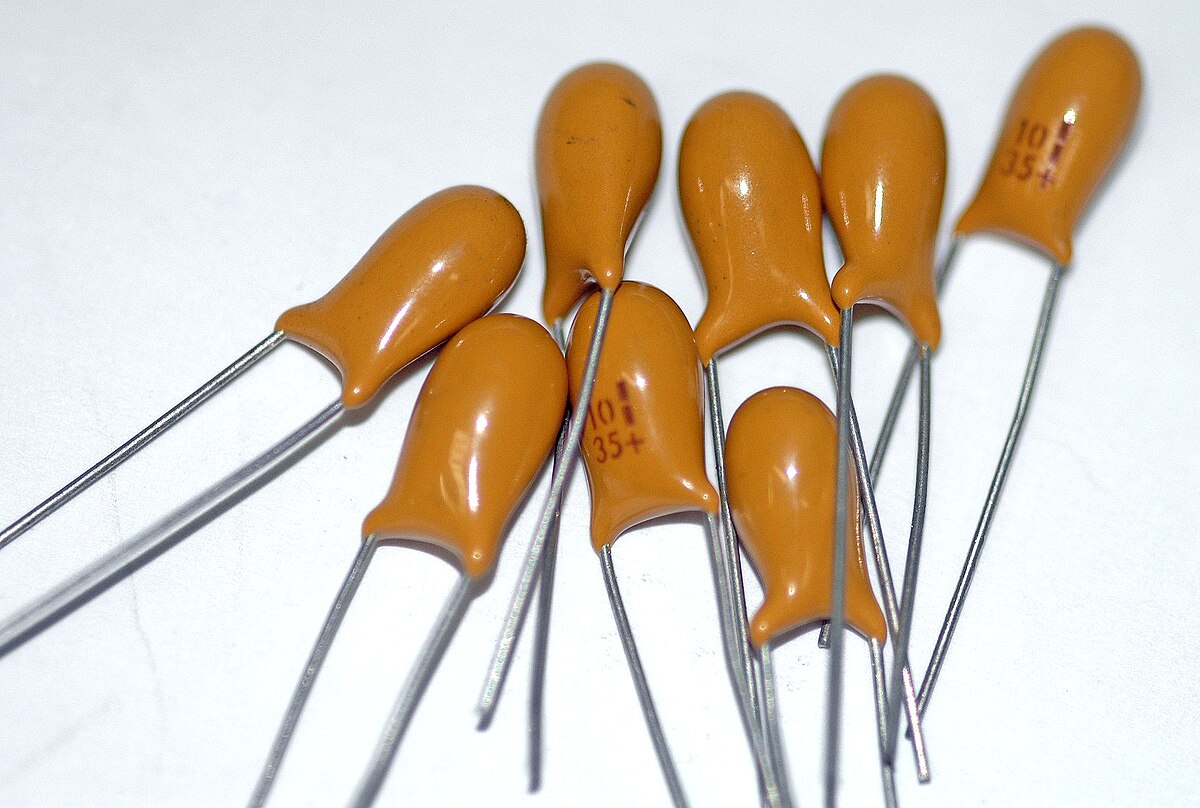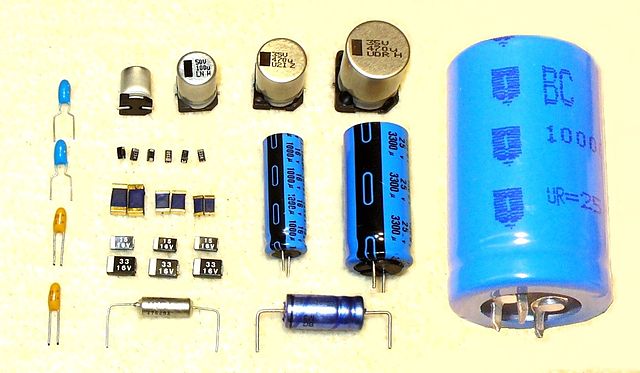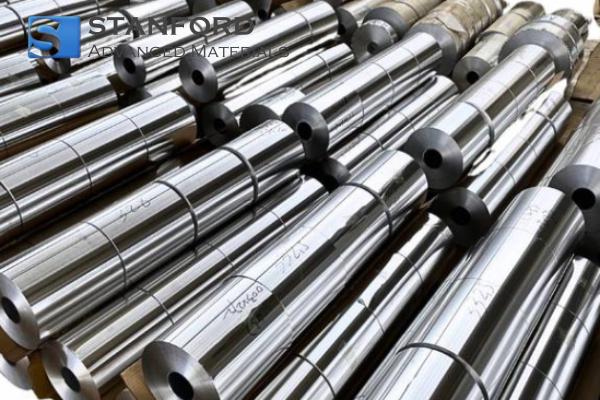How Capacitor Tantalum Powder Used Today?
A Tantalum electrolytic capacitor is an electronic device. Its dielectric forms directly on the surface of a tantalum oxide film via anodic oxidation of tantalum metal. The main difference between a tantalum capacitor and other types is the quality of its dielectric layer. It exhibits a high dielectric constant and a high breakdown voltage. The breakdown voltage increases with the purity of the Tantalum powder.
Tantalum powder has a high specific surface area. Its unique porous structure permits pressing and sintering. These properties enhance the electrical performance of capacitors. Tantalum powder operating below 25 V is termed high-haematocrit tantalum powder due to its high specific capacitance. High-haematocrit tantalum powder is used to prepare the reduction of potassium fluotitanate with thermal sodium. High-voltage tantalum powder requires greater purity and precise control of its carbon and oxygen content. The production process employs electron beam melting to form a bar, followed by hydrogenation blistering.
International volumes of capacitor-grade tantalum powder have reached 40 000 ~ 50 000 micro-method units of v/g. A trial process for v/70 000 grams of tantalum powder has been initiated. Some manufacturers are attempting to achieve v/100 000 grams.

In addition to tantalum powder, tantalum foil is employed for film capacitors. Tantalum wire is used for the anode lead in capacitors. The tantalum capacitor maintains a stable capacitance in a temperature range of 55 ~ 125 ℃. Its applications include computers, communication systems, aircraft, rockets, ships, weapon systems, instruments and control systems. These features are supported by data on reliability, efficiency and extended shelf life. This capacitor is widely applied in various electronic systems.

 Bars
Bars
 Beads & Spheres
Beads & Spheres
 Bolts & Nuts
Bolts & Nuts
 Crucibles
Crucibles
 Discs
Discs
 Fibers & Fabrics
Fibers & Fabrics
 Films
Films
 Flake
Flake
 Foams
Foams
 Foil
Foil
 Granules
Granules
 Honeycombs
Honeycombs
 Ink
Ink
 Laminate
Laminate
 Lumps
Lumps
 Meshes
Meshes
 Metallised Film
Metallised Film
 Plate
Plate
 Powders
Powders
 Rod
Rod
 Sheets
Sheets
 Single Crystals
Single Crystals
 Sputtering Target
Sputtering Target
 Tubes
Tubes
 Washer
Washer
 Wires
Wires
 Converters & Calculators
Converters & Calculators
 Write for Us
Write for Us



 Chin Trento
Chin Trento



